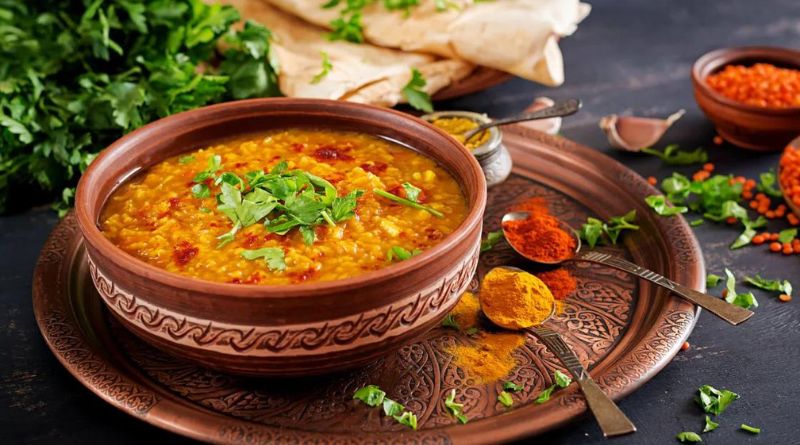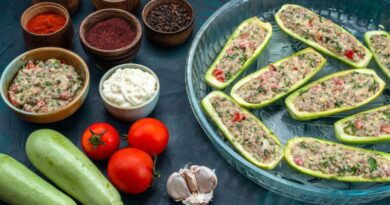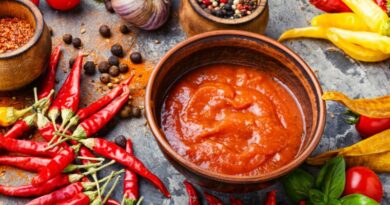Embark on a captivating culinary journey as we delve into the enthralling origins of 8 Popular Indian Staple Foods With Foreign Origins. From the aromatic spices that waft through bustling markets to the wholesome grains that form the backbone of these dishes, each culinary creation narrates a compelling story of cultural exchange and the infusion of global flavors. Let’s immerse ourselves in the rich tapestry of tastes that transforms Indian cuisine into a truly global sensation.
The intricate dance of spices, meticulously blended in each dish, reflects centuries of trade, exploration, and the intersection of diverse cultures. These spices, once treasured commodities on ancient trade routes, have now become the vibrant palette that paints the diverse landscape of Indian cooking. From the fiery kick of chili to the warm embrace of cinnamon, each spice contributes to the symphony of flavors that define the essence of Indian culinary artistry.
Beyond the spices, our exploration extends to the grains that form the heart and soul of these staple foods. The journey of Basmati rice, with its fragrant allure, takes us to the foothills of the Himalayas, while the humble lentil evolves into the hearty and nourishing dhal, crossing borders to become a global culinary delight.
This exploration transcends geographical boundaries, inviting us into the world of naan—a soft, pillowy bread that effortlessly bridges cultures. Its Persian origins tell a tale of culinary diplomacy, weaving a thread that connects far-flung corners of the globe through the shared joy of breaking bread.
8 Popular Indian Staple Foods With Foreign Origins
Paneer (Indian Cottage Cheese)
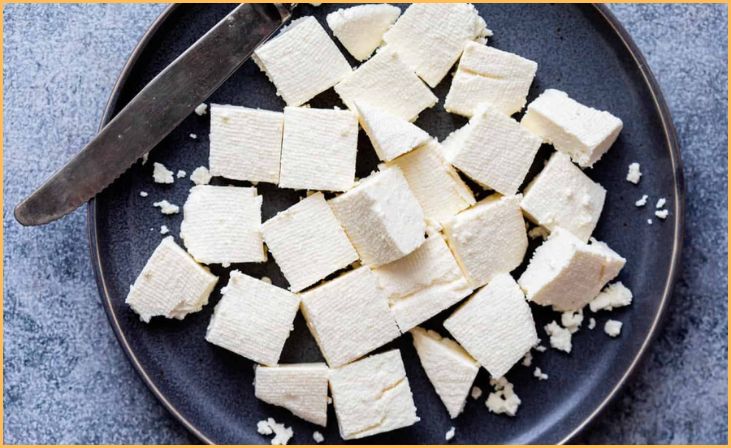
Paneer, a versatile dairy product, has its roots in Persian and Afghan cuisine. Its introduction to the Indian subcontinent can be traced back to the Persian and Afghan invaders who brought their culinary influences to the region. Paneer is made by curdling milk with the help of acidic agents like lemon juice or vinegar, creating a fresh and mild cheese. In Indian cuisine, paneer plays a crucial role in various dishes such as paneer tikka, palak paneer, and mattar paneer. Its ability to absorb flavors makes it a favorite among vegetarians, offering a protein-rich alternative to meat.
Also Read:- 7 Foods High in Collagen, According to a Dietitian
Chai (Tea)
The culture of drinking tea, or chai, in India has deep roots in China. The British, who were avid tea consumers, introduced the practice to India during the colonial era. However, Indians embraced tea in their unique way, adding a blend of aromatic spices like cardamom, ginger, and cloves. Chai became a ubiquitous beverage, enjoyed throughout the day and across social gatherings. The masala chai we know today is a fusion of British tea-drinking habits and Indian spice preferences, creating a flavorful and comforting drink that has become an integral part of Indian daily life.
Samosa
The origins of the samosa can be traced back to the Middle East, where a similar snack called “sambosa” gained popularity. Traders from this region introduced the concept to the Indian subcontinent, where it evolved into the beloved samosa we know today. This triangular pastry is typically filled with a mixture of spiced potatoes, peas, and sometimes meat. Its versatility and portability make it a popular street food and party snack. The samosa’s journey from the Middle East to India reflects the historical trade routes and cultural exchanges that have enriched the diversity of Indian cuisine.
Potatoes
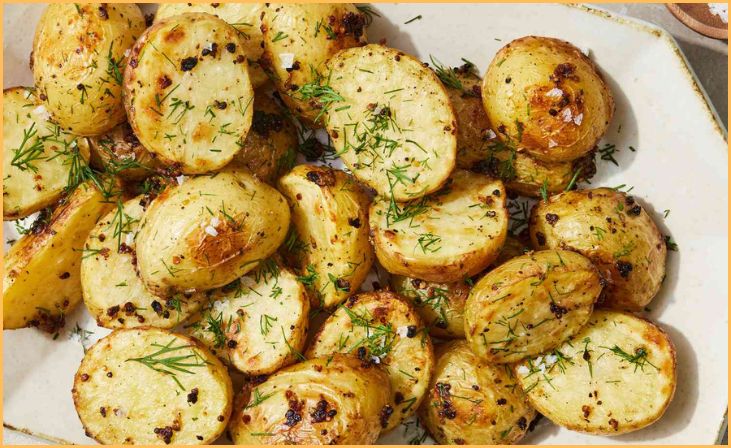
Potatoes, now a staple in various Indian dishes, have a distant origin in South America. Introduced to India during the colonial era, potatoes quickly became a crucial ingredient in diverse regional cuisines. From comforting aloo paratha in the north to spicy and tangy aloo chaat in the streets of Delhi, the adaptability of potatoes has made them an integral part of Indian gastronomy. The versatility of potatoes allows them to absorb flavors and complement different spices, contributing to the depth and richness of countless Indian recipes.
Tomatoes
Tomatoes, a ubiquitous ingredient in Indian cooking, have their roots in South America. The Portuguese, who played a significant role in maritime trade, introduced tomatoes to India. Over time, tomatoes became an essential component, adding a vibrant color and tangy flavor to a plethora of Indian dishes. From the base of curries to the freshness of chutneys, tomatoes have permeated various aspects of Indian culinary culture. Their integration into Indian cuisine showcases the ability of the culinary landscape to evolve and adapt, creating a harmonious blend of global and local flavors.
Chillies
The fiery spice that defines many Indian dishes comes from chillies, which originated in the Americas. Introduced to India by Portuguese traders, chillies quickly became an indispensable part of Indian cuisine. The pungent heat they provide enhances the flavor profile of numerous dishes, from curries to snacks. Indian cuisine’s love affair with chillies is evident in the wide variety of peppers used, ranging from mild to extremely hot. The acceptance and integration of chillies into Indian cooking illustrate the country’s openness to embracing new ingredients and flavors, shaping its culinary identity.
Coffee
Coffee, a popular beverage in southern India, has its roots in Ethiopia. Traders and colonial powers introduced coffee to India, leading to the cultivation of coffee plantations in states like Karnataka and Kerala. While tea remains the dominant hot beverage, especially in the north, coffee has carved its niche in the south. The South Indian filter coffee, known for its unique preparation method and rich taste, has become a cultural symbol. The gradual acceptance and assimilation of coffee into the Indian palate highlight the diverse preferences and adaptations that characterize the country’s culinary landscape.
Curry

The term “curry” has its origins in Tamil Nadu, India, where it is derived from the word “kari,” meaning sauce or relish. While the concept of spiced dishes existed in India for centuries, it was the British who popularized the term and established the idea of a curry as a specific dish. Indian curry is a complex blend of spices, herbs, and sometimes coconut milk, creating a rich and flavorful sauce. The term “curry” itself has become a global culinary descriptor, but its Indian roots remind us of the diverse regional variations and intricate spice blends that contribute to the richness of Indian cuisine.
Also Read:- Benefits Of Eating Guava In Winter
Conclusion
As we conclude our journey through the origins of 8 Popular Indian Staple Foods With Foreign Origins, it’s evident that Indian cuisine is a delightful blend of cultures and histories. From the spice-laden streets of Mumbai to the serene tea plantations of Assam, each dish tells a tale of interconnected worlds. So, savor the flavors, celebrate the diversity, and enjoy the global feast that is Indian cuisine.
FAQs
A The diversity in Indian cuisine is a result of centuries of cultural exchange, trade, and historical influences from various regions and civilizations.
A Absolutely! Over time, these foods have become integral to Indian culinary traditions, adapting and evolving to suit local tastes.

